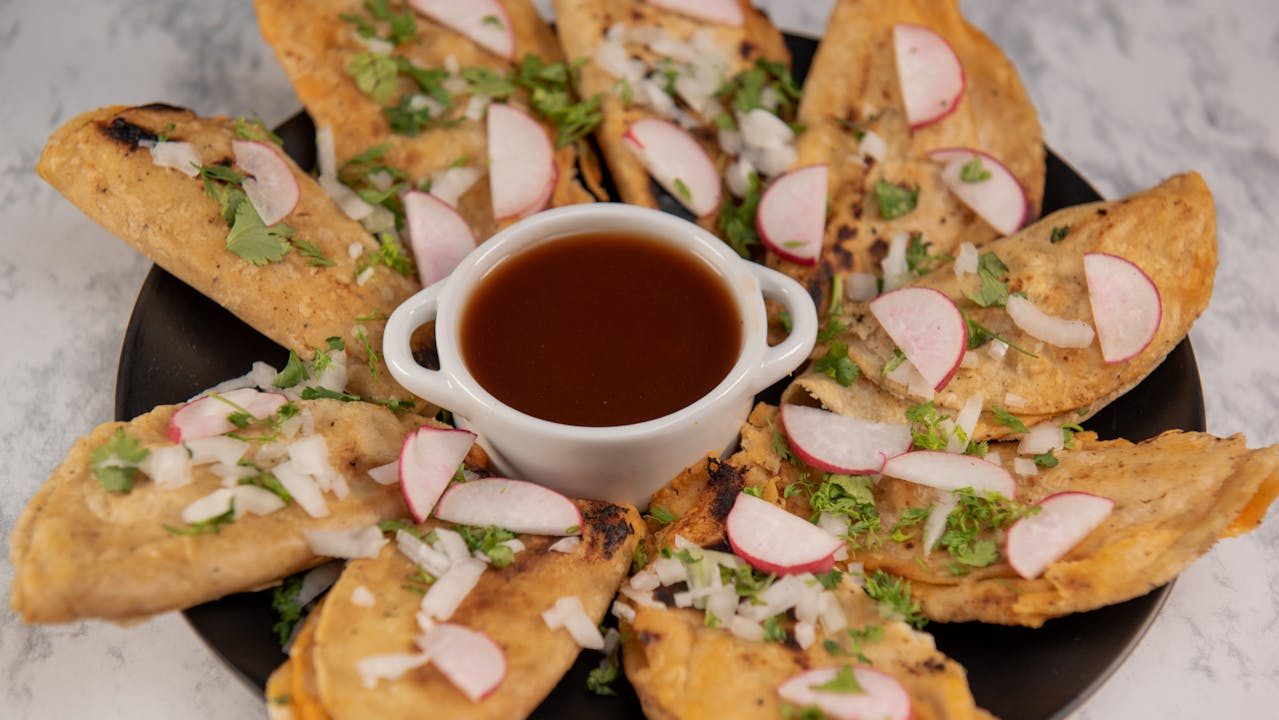SINGAPORE: A significant lifestyle shift is underway in Singapore, as more than 1 in 10 adult residents are opting to replace their daily meals with snacks. This trend, reported by Euromonitor International and published by the Singapore Business Review, reflects a broader shift towards convenience-based eating patterns driven by changing dietary preferences and ongoing economic uncertainty.
Snacking on the rise amid economic pressures
In 2024, 11% of Singaporean adults have chosen snacks over traditional meals, marking a 3% increase from the previous year. This growing reliance on snacks signals a notable transformation in consumer behaviour, with many turning to snacks not just for convenience but also as a form of comfort. According to Carl Quash III, head of snacks at Euromonitor International, “Consumers have been under unprecedented stress these past few years, with the cost-of-living crisis among several other challenges. Snacks have been leveraged for comfort and stress reduction by providing consumers entertainment at gatherings, joy as affordable gifts or presents, and pleasure as self-treats or rewards.”
As snacks increasingly fill the role of meals, they offer more than just a quick bite. The market is evolving to meet these new demands, with consumers seeking affordable, accessible options that fit into their hectic lifestyles.
Growth of Singapore’s snack market – opportunities and trends
According to a Sector Trends Analysis published by Agriculture Canada, the snack market in Singapore has been on a steady upward trajectory across all categories, with ice cream leading the pack in terms of growth. Other fast-growing categories include sweet biscuits, snack bars, and fruit snacks, while traditional confectionery and savoury snacks are expected to experience more moderate growth.
Snack imports are also on the rise, with a compound annual growth rate (CAGR) of 1.62% between 2018 and 2022. Categories like “bread, pastry, cakes, biscuits, and other bakers’ wares” have seen significant growth, with the “rusks, toasted bread, and similar toasted products” category experiencing the fastest growth rate at 11.85%. Malaysia remains Singapore’s largest snack import partner, while China is rapidly increasing its share in this sector.
However, some countries, including the United States and Indonesia, have seen a decline in their market share, while Japan and the United Kingdom have been expanding their presence. This trend opens up opportunities for innovation and new market entrants in Singapore’s increasingly competitive snack landscape.

